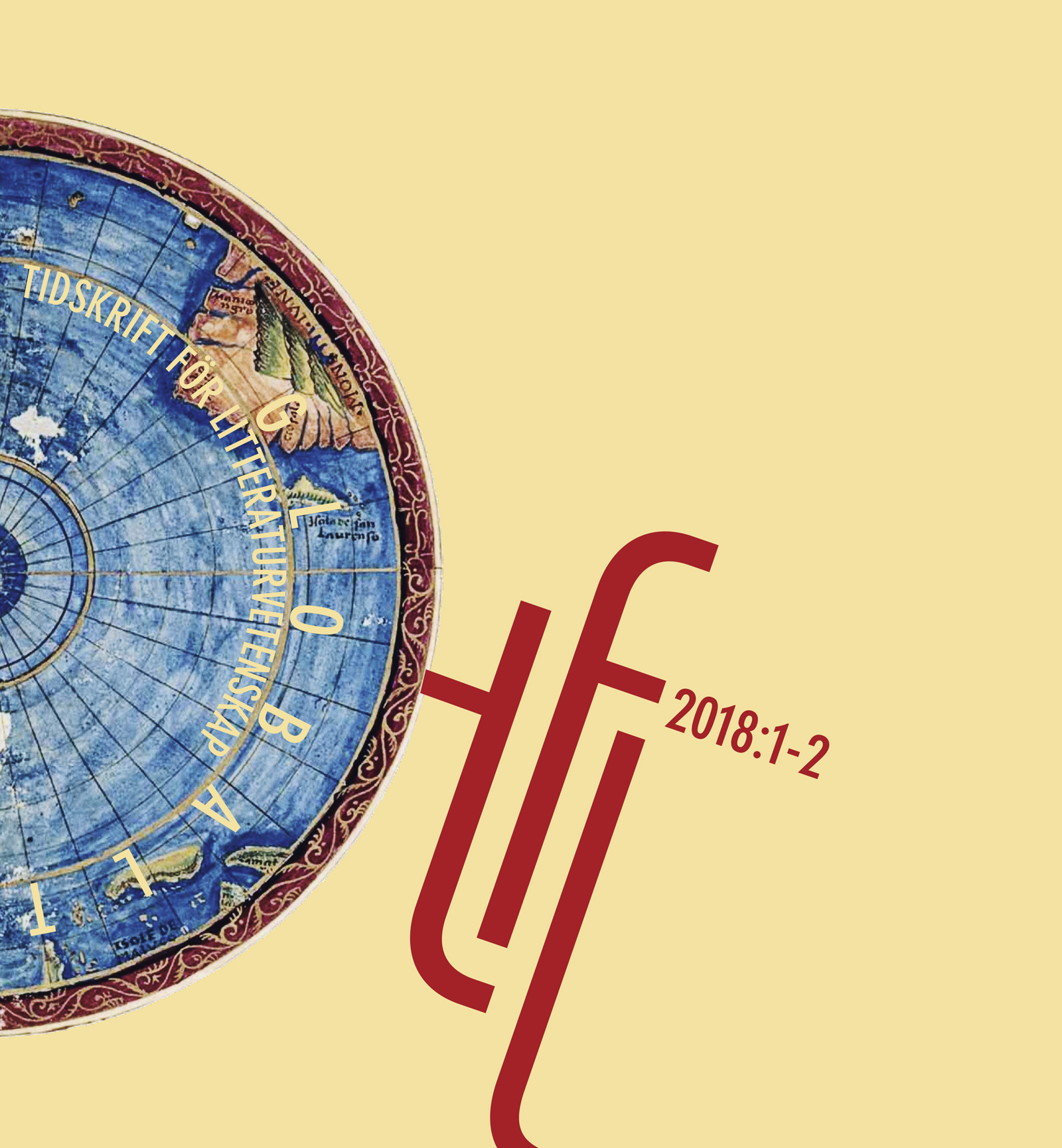Panoramascener i Pappa Goriot och Röda Rummet
DOI:
https://doi.org/10.54797/tfl.v48i1-2.7603Nyckelord:
Balzac, Strindberg, panorama scenes, emotions, Paris, StockholmAbstract
Panorama Scenes in Father Goriot and The Red Room
The article discusses panorama scenes in the novels Father Goriot (1837–1843) by Honoré de Balzac and The Red Room (1879) by August Strindberg. My observations focus on the main characters Eugène de Rastignac and Arvid Falk, and the emotions that the capital arises in them standing in their high positions in front of Paris and Stockholm respectively; Eugène de Rastignac on the hill of the Père Lachaise Cemetery at the end of Father Goriot, and Arvid Falk on Mosebacke at the beginning of The Red Room. The strategic position of these scenes, in the beginning and end of the novels enhance the importance of the characters’ emotions, and so does their solitude at that moment. Balzac’s novel contributes to a certain conception of the capital as an important novel topos, while Strindberg departs from it. Nonetheless, in Father Goriot there are very few descriptions of Paris as it is known, and there is in general an accentuation of the locality and particularity of places within the capital.
Nedladdningar
Downloads
Publicerad
Referera så här
Nummer
Sektion
Licens
Författaren/författarna behåller copyright till verket






